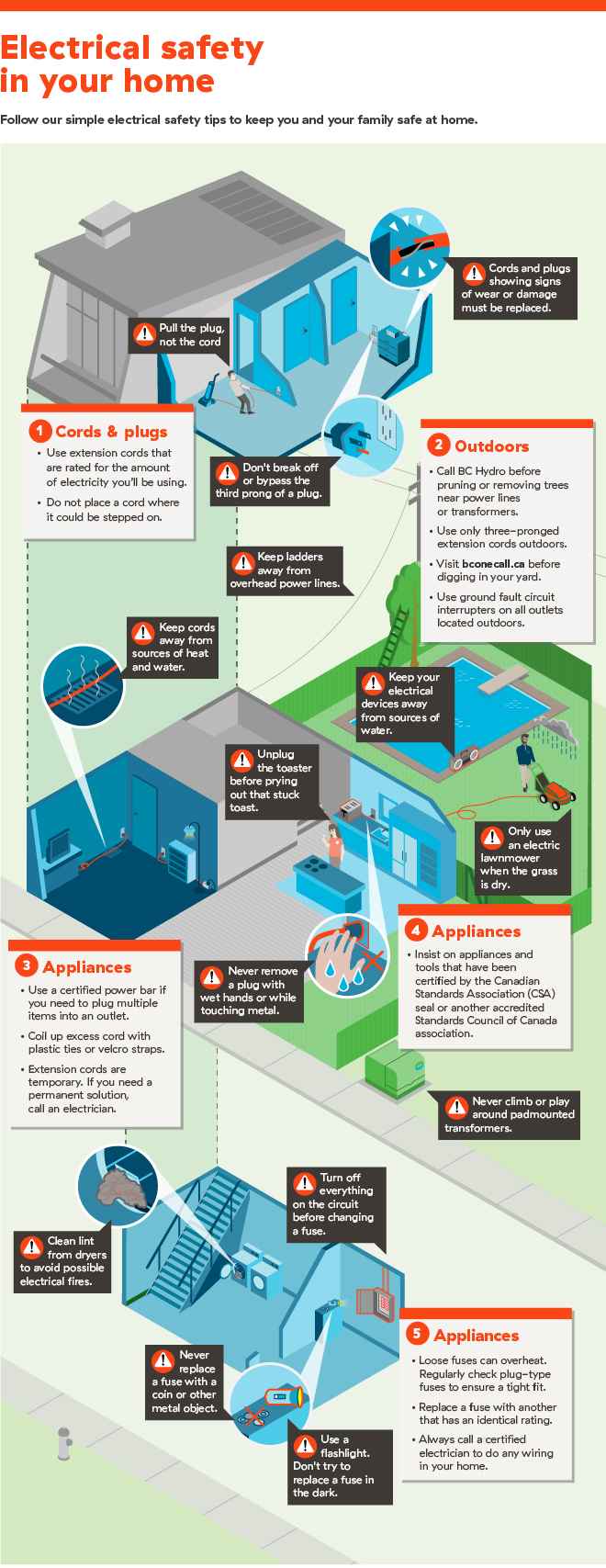Indicators That Tree Removal Is Essential: Identifying Dangerous Trees
Indicators That Tree Removal Is Essential: Identifying Dangerous Trees
Blog Article
Content Writer-Troelsen Aagaard
When it concerns tree care, recognizing the signs that it's time for removal is necessary for your safety and building. You might discover blemished leaves, wilting branches, or odd fungal developments suggesting illness. Structural problems, like a substantial lean or fractures in the trunk, can also present risks. Understanding these warning signs can aid you make informed choices concerning your trees and prevent possible risks hiding in your lawn. What should you seek next?
Indications of Decay and Condition
When you observe indicators of degeneration and disease in your trees, it's important to act quickly. Look for stained leaves, wilting branches, or uncommon developments like fungus. These can suggest that your tree is having a hard time.
If you see splits in the bark or soft, mushy timber, these signs suggest inner decay. Additionally, Brazilian Pepper Tree Removal in bugs around your tree can signify that it's deteriorated and vulnerable.
Look for any dead or passing away limbs, as they posture a risk to your residential property and safety and security. If you doubt about what you see, getting in touch with an arborist can supply clarity.
Resolving these indicators early can save you from much more comprehensive damage and guarantee the health of your backyard. Do not wait until it's too late.
Structural Instability and Leaning
As you observe your trees, keep an eye out for any type of indicators of architectural instability or leaning. If a tree leans considerably, it might suggest that the origin system is compromised.
Look for any splits in the trunk or soil around the base; these can indicate prospective failure. Furthermore, look for unusual growth patterns, like an uneven crown, which might suggest that the tree is battling to hold itself upright.
If you discover that the tree leans toward your home, power lines, or other structures, it presents a higher threat. Do not overlook these indications-- seek advice from an arborist to assess the situation.
Taking action early can stop pricey damages and ensure your security.
Dead or Perishing Branches and Vegetation
If you discover dead or passing away branches and foliage on your tree, it's a clear indication that something's incorrect.
These undesirable locations can show underlying problems like disease, bug problems, or ecological anxiety. When branches lose their fallen leaves or transform brown, they're no more adding to the tree's health. Overlooking these indicators could bring about further decline, making your tree much more harmful.
Dead branches can quickly break off during storms, posing a danger to property and people close by. It's important to examine the extent of the damage.
If the trouble impacts a substantial part of the tree, consider seeking advice from a specialist. They can assist identify if elimination is required to make sure safety and security and keep the charm of your landscape.
Verdict
If you see any type of indications of degeneration, structural instability, or dead branches on your trees, do not overlook them. Cherry Tree Pruning can posture significant safety risks to you and your residential or commercial property. It's always best to seek advice from a specialist arborist that can provide a professional analysis of your trees. Taking action early can protect against accidents and pricey damages, guaranteeing your landscape stays safe and healthy and balanced. Bear in mind, it's much better to be positive concerning tree treatment than to wait for a catastrophe to happen.
